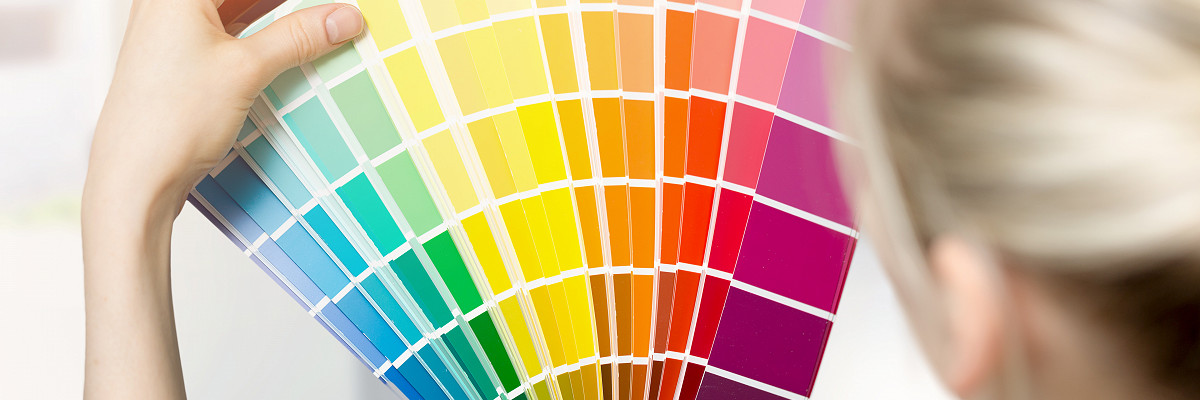
If you are ever in a creative meeting, you will hear talented people talking about color pallets, color psychology, and color theory. If you are a decision maker, there is something fundamentally important about understanding color theory. A quick Google search on color theory will turn up long-winded, self-indulging articles that try to explain it in a way that is overly complicated. However, on the surface, color theory is quite simple, and we want our clients (especially those that have a difficult time matching the color of their clothes) to understand the main reasons we propose particular color pallets.
Before We Begin:
Color theory is simply the combination of science and art of using color. It explains how people see color, how colors mix, and how they match. In color theory, colors are grouped into three categories: Primary, Secondary, and Tertiary.
Primary Colors:
Red, blue, and yellow are the "primary" colors or "source" colors. They are primary because they cannot be made by mixing any other colors. They also do not contain any elements of any of the other primary colors. They are the color originators.
Secondary Colors:
Mixing the primary colors creates the secondary colors:
Blue + Red = Violet
Red + Yellow = Orange
Yellow + Blue = Green
Tertiary Colors:
Mixing the primary and secondary colors results in the tertiary colors. These include blue-green or red-violet type of colors.
Other Color Elements:
Colors are all characterized by three fundamental qualities:
Hue: The shade of the color.
Saturation: The intensity of the color. Saturation cannot exist without hues.
Value: The lightness or darkness of a color. Hues cannot exist without saturation.
Color Psychology:
Now that we understand the basics of the color wheel, we can dive deeper into the feelings that colors convey. Color psychology is widely used in marketing and branding, since certain hues can help determine specific emotions that can turn into actionable behaviors.
Red: Love, passion, energy, power, strength
Purple: Royalty, spirituality, ambition, wealth
Green: Freshness, environment, fertility, money, healing
Blue: Tranquility, security, loyalty, trust, intelligence
White: Goodness, innocence, purity, easy, clean
Black: Protection, elegance, classy, formality Colors also have word associations that help convey a powerful message.
Now The Fun Stuff:
The color wheel is used to see colors in action and to understand the relationships color theory defines. Choosing a color palette based on the color wheel offers further color suggestions.
Monochromatic Palette: A single color that has different shades of that color from lighter to darker.
Analogous Palettes: Composed of three, four, or five adjacent hues on the color wheel.
Triadic Palettes: Made of three colors equally spaced apart on the color wheel.
Complementary Palettes: Made of colors that are directly opposite of each other on the color wheel.
Tetradic Palettes: Four colors equally spaced apart on the color wheel.
Ok, things get much more complicated from here. Each of the different types of pallets creates and conveys different emotions. However, if you apply colors in these fashions, you can mostly be assured they will work together. While this simplistic view can help you understand the color choices graphic design and creative design teams make, our team of experts take it a step further and select the right colors for different applications. Specific colors are better in print than in digital, and even make a difference on mobile versus desktop websites. Does your brand need help with color palettes or overall design? Contact our team of color, brand, and design experts!